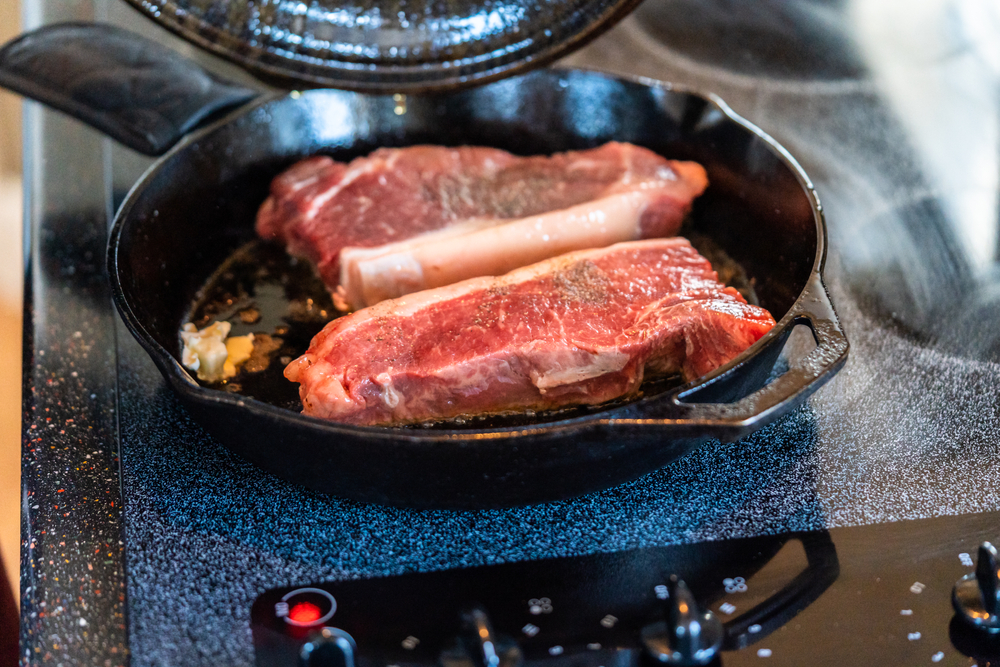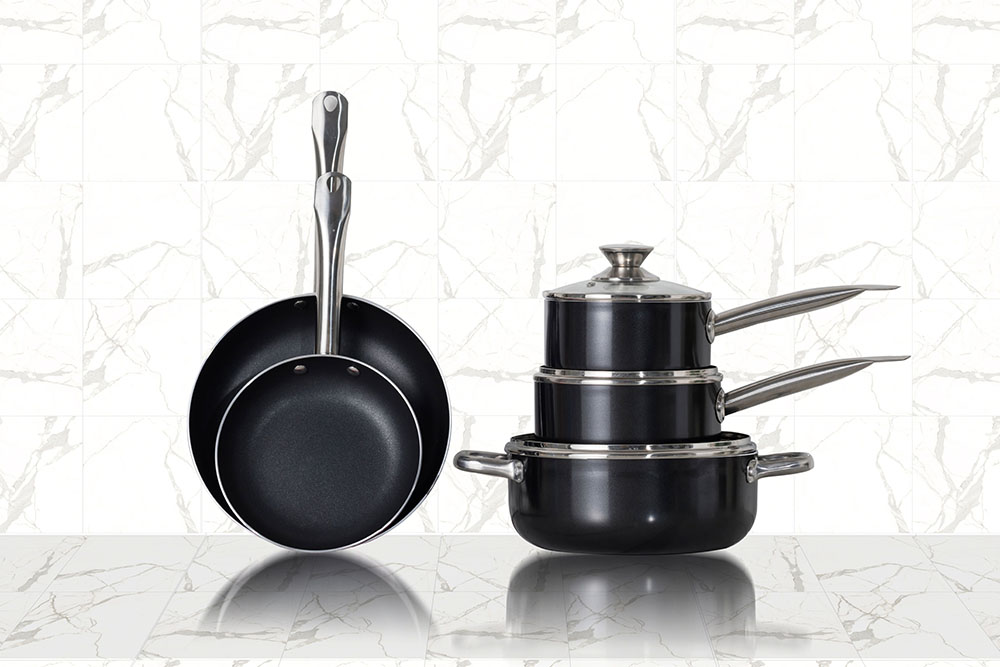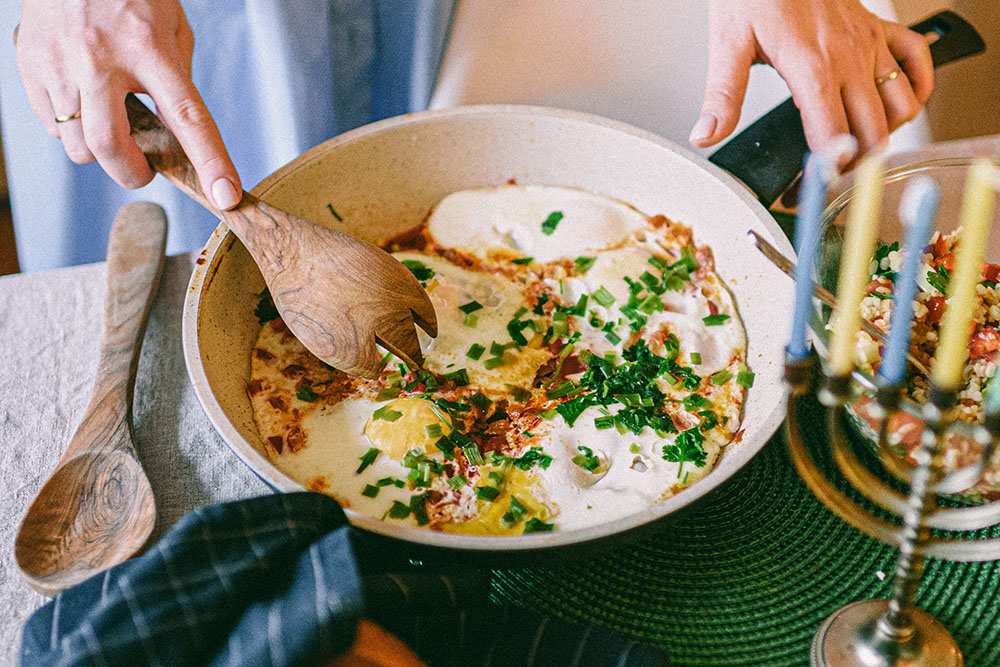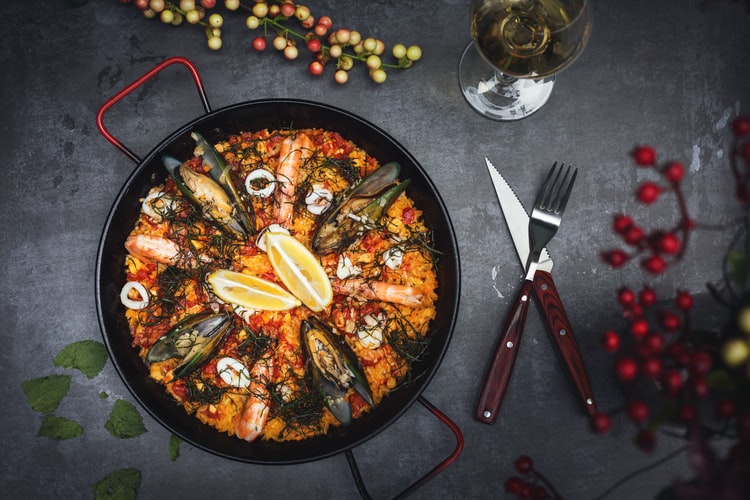Cast iron pans, pots, and skillets are wonderfully versatile pieces of kitchen kit. They are almost indestructible, serving generations before they give out.
I have a cast-iron skillet that belongs to my great-grandmother and will probably end up with my own great-grandchildren.
Cast iron cookware seems to have taken a bit of a hallowed position in the kitchen. There are rumors and secrets galore when it comes to cast iron pans.
Everyone seems to have an opinion on washing, using, and storing these heavy-duty pans. Today, we’re going to take a look at one of those rumors.
Specifically, whether or not you can use cast iron pans with electric stoves.
What is Cast Iron?
Cast iron has been used for cookware for millennia, especially in the east. It is produced when you use iron as a flux during the copper smelting process. Historians think that it was discovered by accident.
The earliest cast-iron artifact was found in Jiangsu, China, and is thought to date back as far as the 5th century BCE.
The west was relatively slow on the uptake of cast iron. The earliest mention of cast iron cookware in English, for example, was 1000 years after the Chinese artifact was made, in the 600s CE.
In any case, once cast iron entered a cultures’ periphery, it became prized for cauldrons and cooking vessels thanks to its sturdiness and ability to retain heat.
By the time of Henry VIII and the reformation, cast iron was being used for cannons and cannonballs. The demand for cast iron grew to the point that blast furnaces began producing the metal.
Nowadays, cast iron pots and pans are made by melting iron and steel blocks together. When they are molten chemicals are introduced to increase the carbon content. It’s this higher carbon content that sets cast iron apart.
Why is Cast Iron Good in the Kitchen?
When we look at the long history of cast iron cookware we have to marvel at the longevity of such a simple device.
Cast iron cookware prevailed for thousands of years through countless wars, the invention of plastics, the space race, Teflon, and every other technological advancement.
So what is it about cast iron that makes it so good in the kitchen?
The main draw of cast iron is that once it’s hot, it stays hot.
Fuel for fires has always been a fairly scarce commodity up until the 19th century. Therefore, a pot that could keep your food warm with little heat was very much appreciated.
In fact, cast iron cookware only began to decline in the 1970s and 1980s when Teflon became the next big thing.
Nowadays, fuel scarcity is not so much of an issue in most American households. However, the heat retaining properties of cast iron go beyond fuel economy.
When cooking steaks, or searing any kind of meat, you need a constant temperature. Cast iron is ideal for this because it doesn’t fluctuate as much as aluminum or steel.
The other great thing about cast iron is that it gives off enormous amounts of heat.
With steel or aluminum pans, you can’t feel heat unless your hand is very close to the cooking surface. With a cast iron pan the heat is pouring off it.
This means that more of your food is cooked compared to when you use an aluminum pan. In the latter case, only the part of the food that is in contact with the pan really benefits from the heat.
In a cast iron pan the contact area and above are heated and cooked. This makes it ideal for thick foods like meat, hash, and vegetables.
Cast Iron and Electric Stoves
Obviously, when cast iron first entered the kitchen, electric stoves weren’t even thought of.
When we consider the fact that cast iron cookware hasn’t really changed in thousands of years, you might assume that it hasn’t adapted to use with electric stoves.
Well, you’d be wrong. You can indeed use cast iron cookware on electric stoves. You just need to make a few adjustments.
Preheating
Before you use cast iron cookware you need to preheat it. This warms it up and gets the seasoning going.
With electric stoves, the tubes or coils take longer to get to the desired temperature which means your cast iron pan is going to take longer to heat up.
If you’re cooking on an electric stove just make sure to give yourself a bit of extra time to preheat your pan.
Maintaining Heat
Electric stove coils need to cool down in order to reach lower temperatures. This is why you should really start low and work your way up when cooking on them.
The great thing about cast iron is that it retains heat well. This means that you can reduce the heat of your burner in advance when you know you need to drop the heat a bit.
For example, say you need to cook at high heat for 15 minutes then reduce to simmer. You can put the burner on high heat to get your cast iron pan up to temperature.
Once it’s there, you can reduce the burner so it starts to cool down in preparation for the simmering part.
The pan will stay at high heat for longer than an aluminum or steel pan meaning that by the time the burner is on a low heat for simmering, the pan will have come down too.
With an aluminum or steel pan, the heat of the burner really dictates the heat of the pan. You’ll find it harder to control the temperature when reducing it to a simmer and might end up burning your food.
Shaking the Pan
You’ve probably seen chefs sautéing vegetables in a cast iron skillet over a gas burner. Often they just shake the pan causing some sparks where the metal of the burner scrapes against the pan.
That’s all well and good on gas burners where the pan supports are detachable, replaceable, and durable.
Electric stoves rely on metal coils that are often underneath glass. If you shake a cast iron pan on top of the glass or coil you will do damage.
With exposed coils, you are likely to knock them out of place or scratch them. In the case of glass stovetops you might very well crack the glass completely.
Heavy as they are, always lift your cast iron pan to shake or sauté it.
Final Words
We have just scratched the surface of cooking with cast iron cookware here. There are lots of myths and legends about these versatile pans.
At least now you know that you can use that big old hunk of metal on your electric stove!






